Hey folks,
I have a Cory that's been more sedentary than usual for the past week. I first noticed him in an unusual attitude (laying sideways) last week but could swim when disturbed. Since then, he's been just sitting mostly still on the sand when he's normally more active than that. He moves a bit but not really swimming any more.
I did a 1/3 water change of my 30g tank and then again the next day. Water tests showed 0 ammonia, 0 nitrite, and 10-20ppm nitrate. I add "ACID magic" which is muriatic acid to my water top ups, but the pH was not overly low. It was at about 7.4. I don't think the water parameters are the cause but I'm changing water more than normal just in case.
I also noticed what looks like white puss near his fin that I haven't noticed before (picture attached). Anybody know what this is? Injury? infection? I feel like this is the cause of the sluggishness but I don't know what to do about it (if anything). Thoughts?
I have a Cory that's been more sedentary than usual for the past week. I first noticed him in an unusual attitude (laying sideways) last week but could swim when disturbed. Since then, he's been just sitting mostly still on the sand when he's normally more active than that. He moves a bit but not really swimming any more.
I did a 1/3 water change of my 30g tank and then again the next day. Water tests showed 0 ammonia, 0 nitrite, and 10-20ppm nitrate. I add "ACID magic" which is muriatic acid to my water top ups, but the pH was not overly low. It was at about 7.4. I don't think the water parameters are the cause but I'm changing water more than normal just in case.
I also noticed what looks like white puss near his fin that I haven't noticed before (picture attached). Anybody know what this is? Injury? infection? I feel like this is the cause of the sluggishness but I don't know what to do about it (if anything). Thoughts?

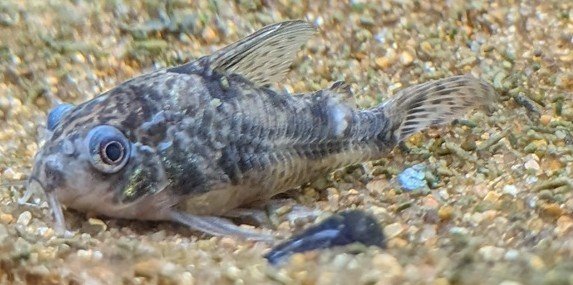
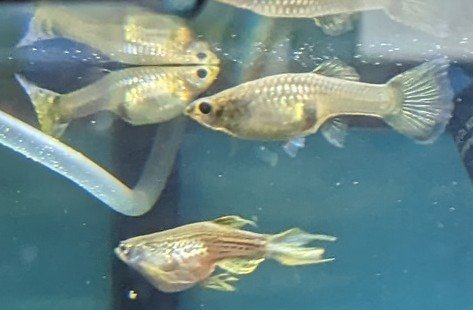
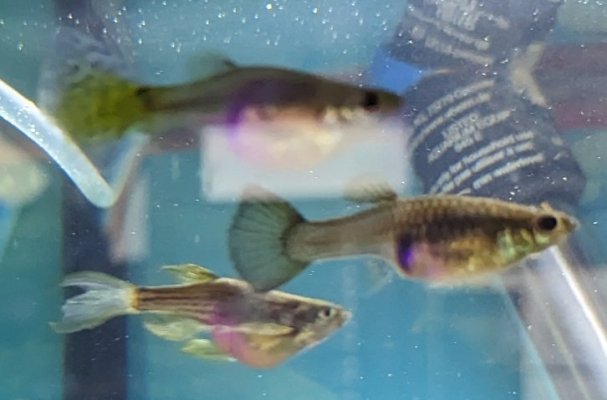
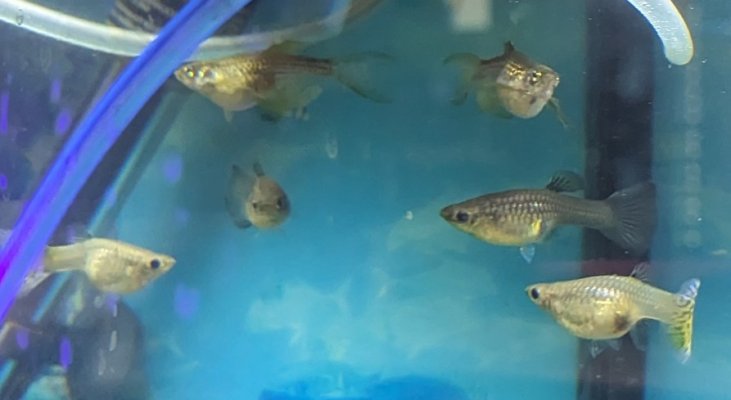
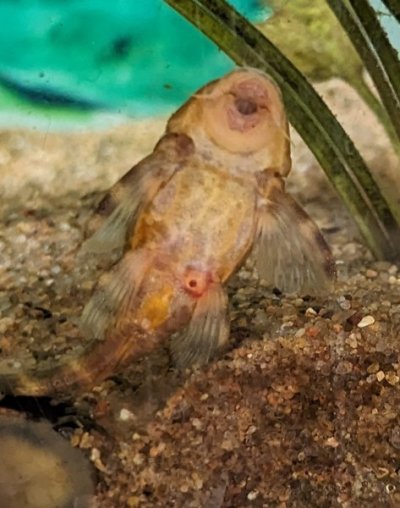
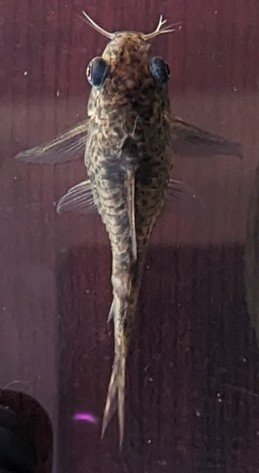
 but no worries, it happens to the best of us.
but no worries, it happens to the best of us.  The spot on the bottom of the pleco could be an exit wound from a worm ( bottom fish are known for carrying worms ) so I would put the pleco in the quarantine with the Cory and treat them both with a dewormer. I like the Fritz line using Paracleanse (
The spot on the bottom of the pleco could be an exit wound from a worm ( bottom fish are known for carrying worms ) so I would put the pleco in the quarantine with the Cory and treat them both with a dewormer. I like the Fritz line using Paracleanse (